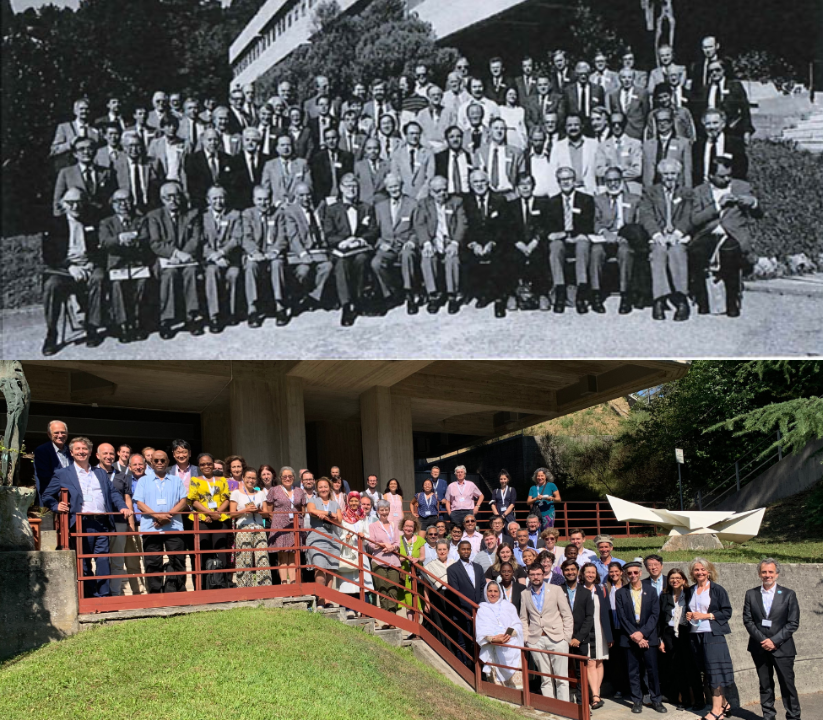The global scientific union dedicated to physics, the International Union of Pure and Applied Physics (IUPAP), holds the International Conference on Women in Physics every three years. This year, the 8th edition was organised by India as the host country, in the form of a virtual event organised by the Gender in Physics working group of the Indian Physics Association and the Tata Institute of Fundamental Research.
The conference brings together men and women from around the world with a mandate to monitor the situation of women in physics in their countries and suggest means to increase gender diversity and inclusion in the practice of physics. The Conference Proceedings available online become a key source of statistics and good practice worldwide. This year, over 500 participants from 70 countries attended. The conference underlined the role of physics education and issues of access and equity in the classroom and assessed practices in physics through an intersectionality lens. Some resolutions also came out of this year’s edition.
“A key resolution that was made was to maintain a gender balance in decision-making bodies. Countries like Thailand and Myanmar are known to have more women in science than men according to the latest UN report and it would certainly be interesting to explore the practices in these countries,” say Vandana Nanal and Srubabati Goswani from the Gender in Physics working group, the co-organisers of this year’s conference.
Over the years, CERN and IUPAP have forged a long-standing partnership. Recently, CERN became a corporate associate member of IUPAP.
The Women in Physics (WIP) working group was founded in 1999 to survey the situation of women in physics, report to the IUPAP Council and Liaison Committees and suggest recommendations for improvements.
“Initially, the IUPAP WIP working group had members from just three continents but today all the geographical continents are represented to embrace a broader cultural spectrum and a rich scope of collaboration,” says Lilia Meza Montes, Vice-Chair of the WIP working group. “The working group has created bonds with unions from different disciplines, giving rise to multidisciplinary worldwide actions such as the project, A Global Approach to the Gender Gap in Mathematical, Computing, and Natural Sciences.”
At CERN, the Diversity and Inclusion (D&I) programme is also working towards a “25 by ’25” goal to boost the nationality and gender diversity of the staff and fellows population over the next five years. D&I reports a 7.5% increase in recruitment of female employees in the five years from 2018 to 2022. The progression is even greater in STEM (science, technology, engineering and mathematics) roles, with an increase of women among new arrivals from 15.5% in 2018 to 23.3% in 2022.
IUPAP celebrated its centennial last year and continues to develop and to expand its global reach with other initiatives beyond WIP. IUPAP was the driving force behind the proclamation of the International Year of Basic Science for Sustainable Development (IYBSSD) by the United Nations. CERN Science Gateway, a new flagship project for science education and outreach opening this year, expects to host the IYBSSD closing ceremony to conclude the year celebrating basic sciences from all disciplines.
Watch the video to find out more about IUPAP and its mission.

